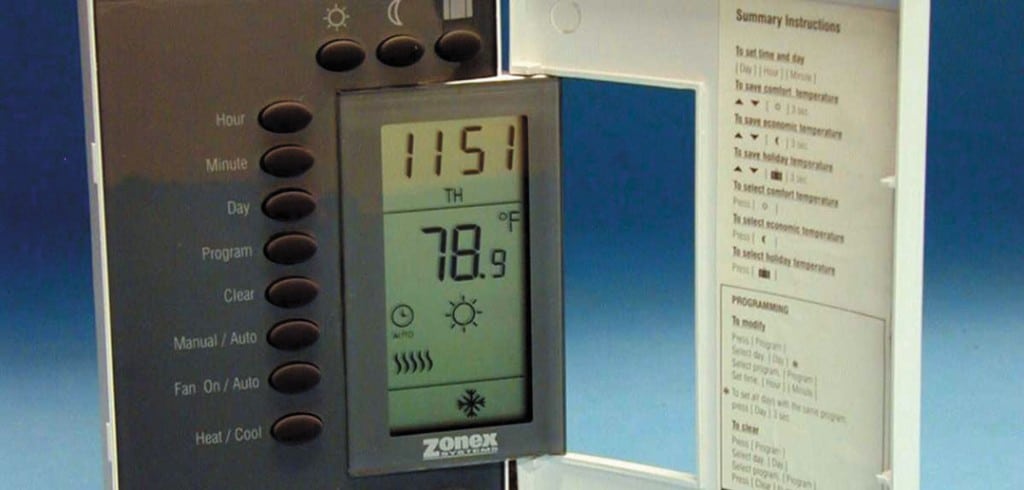Dear Jim: Some rooms in our house are too hot or cold, and someone is always complaining. What can we do to even out the room temperatures to keep everyone happy? Will doing this lower our utility bills? — Sean H.
Dear Sean: It’s likely there’s not a single home in the entire country that has even temperatures throughout all the rooms. There are many factors such as the length of ductwork, bends, orientation to the sun and the number of windows and exterior walls that impact the room air temperature. The items you keep in a room also affect the air temperature. For example, if you have a large TV in a small room, it can raise the temperature.
Actually, it is not desirable to have all the rooms at the same temperature. Depending on your activity level in various rooms, a range of temperatures may be more comfortable for you and your family. Also, some people simply prefer to have it warmer or cooler.
Many homes contain a single furnace or heat pump. Setting the thermostat to keep the chilliest room warm results in many of the other rooms becoming too warm. A warmer house loses more heat, forcing the heating system to work harder. According to the Department of Energy, for each degree the thermostat is set lower for an eight-hour period, heating bills can be reduced by up to 1 percent.
Installing an automatic zone control system is the best and most energy-efficient method to control individual room temperatures. A zone control system adjusts special duct dampers based on the actual room temperatures and the desired temperatures.
Many homes have access to only main ducts, which later branch out to the individual rooms. In this case, the zone control system will control the temperatures in each room grouping such as all the bedrooms, kitchen/dining areas and the living room. Although it is optimal to control each room independently, having just three or four zones is adequate for comfort and energy savings.
A programmable thermostat is mounted in each room or zone grouping to control the motorized duct damper leading to it. If the room is too warm during winter, the damper in the duct leading to that room partially closes. For example, a zone thermostat may continuously readjust the damper position as the intensity of the sun shining through a window changes throughout the day.
The majority of the energy savings with an automatic zoning system is realized because each room temperature can be varied throughout the day. There is no need to keep the bedrooms toasty warm during the daytime or the living room warm overnight. The programmable thermostats are designed to bring room temperatures back up without having the backup resistance elements come on.
There are various designs of zoning dampers — from a simple flat damper to bladders that inflate with air to close off the ducts. They all function equally well. With the many new thermostats and use-control electronics, adding a zoning system requires professional installation. Talk to a qualified technician to design a system that works best for your home.
These companies offer zoning systems: Aprilaire, 800-334-6011, www.aprilaire.com; Arzel Zoning Technology, 800-611-8312, www.arzel.com; Durodyne, 800-899-3876, www.durodyne.com; EWC Controls, 800-446-3110, www.ewccontrols.com; and Zonex Systems, 800-228-2966, www.zonexsystems.com.



